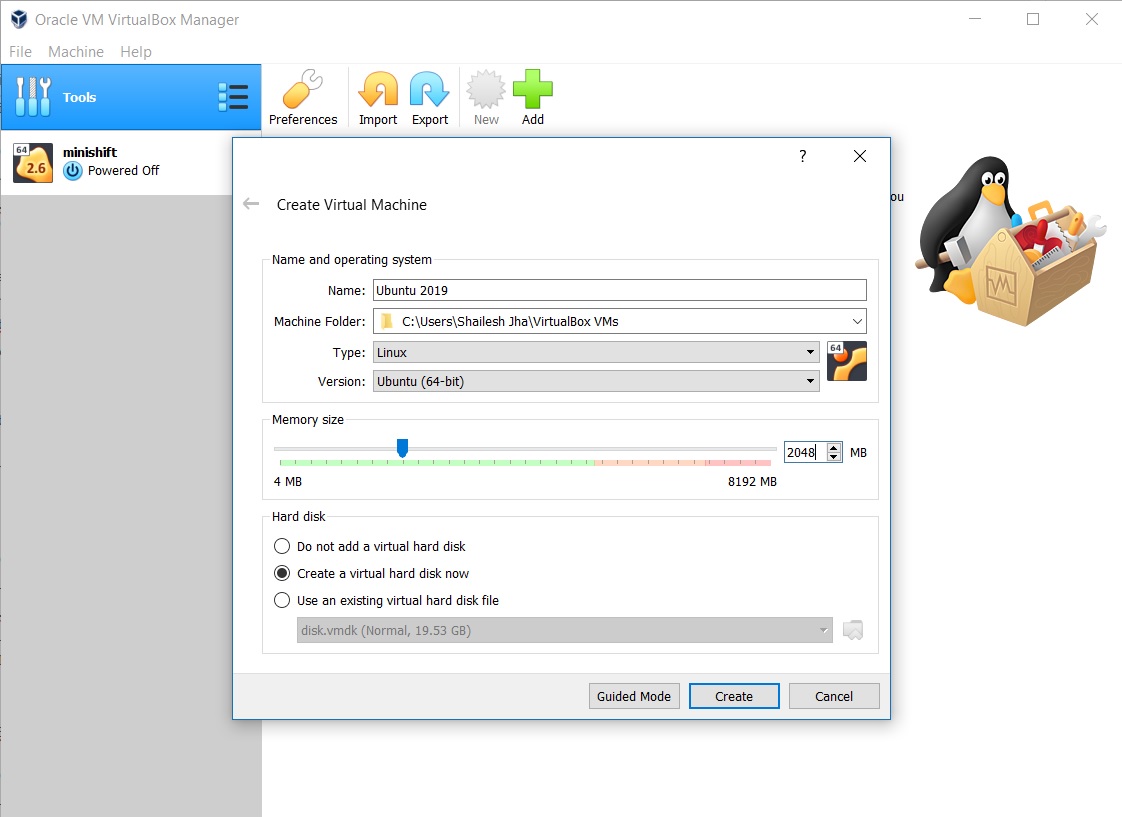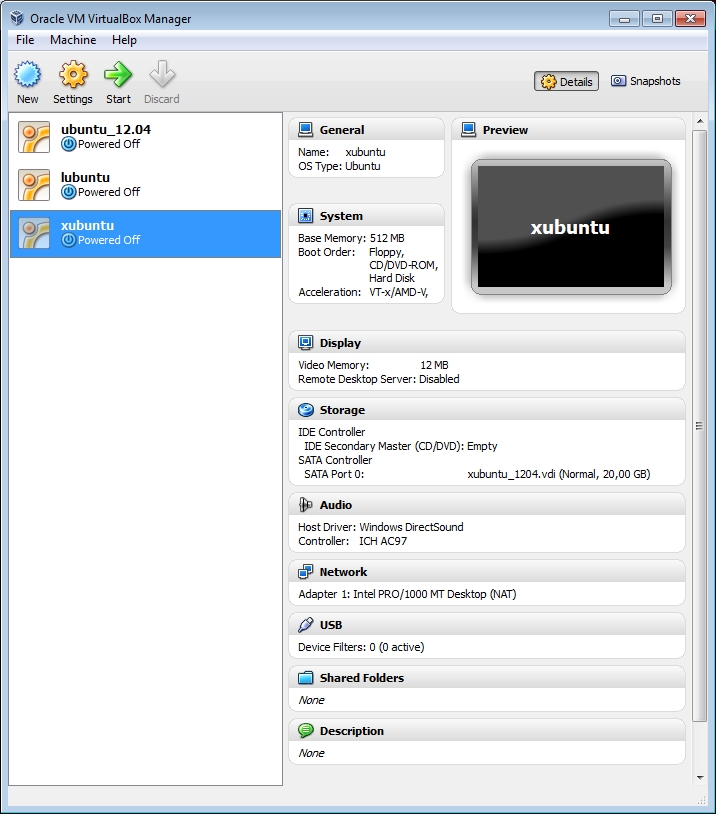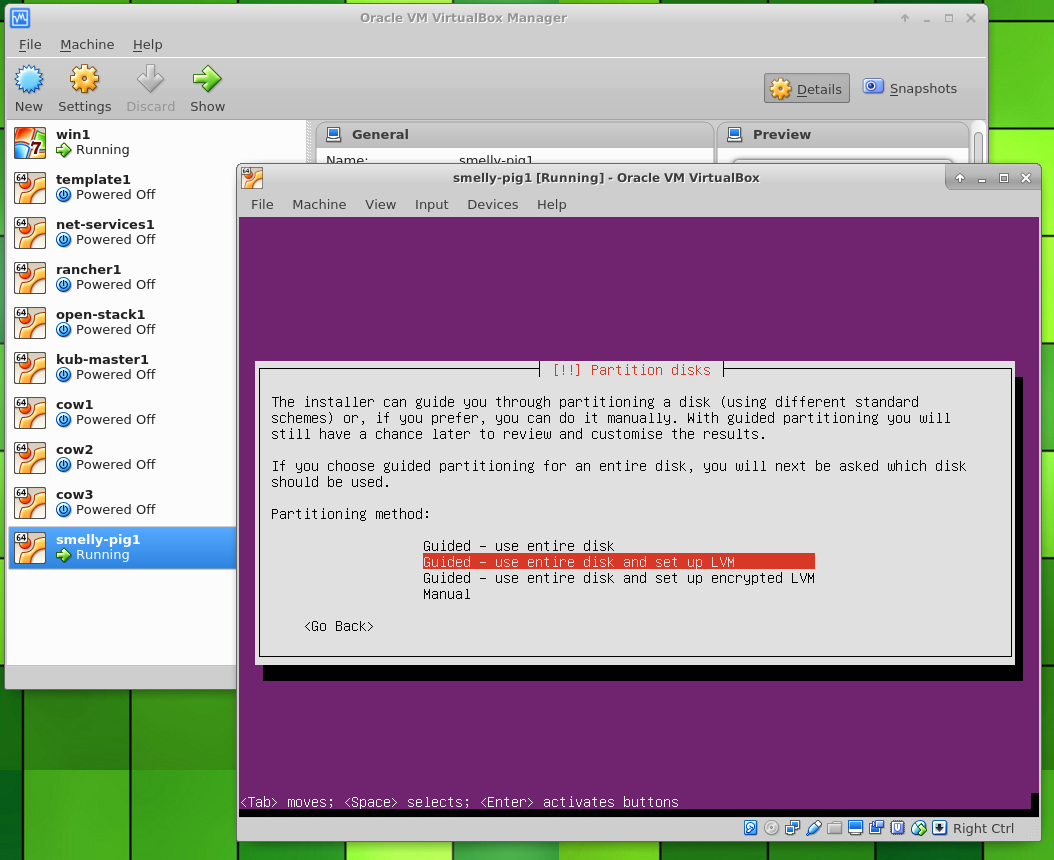
Windows: XP SP3 (as my host operating system) These are the versions that I have used / tested this all with You can also test multiple versions of Ubuntu (or windows) and with different compiler versions as well, you just add more virtual machines.įinally to be able to work / sync to the same code-base you can install/use rabbitVCS on Ubuntu so that it works in the same way as tortoise SVN in windows, and then all of your virtual machines are "talking" to the same SVN repo… nice :) This provides quicker multi-platform testing. Why would you want to even do that? - well, in my case, I can now run my Qt project on Windows and Linux very easily and very quickly test it works for both. Having struggled for a few days getting the correct sequence of events to occur to allow me to run Qt on a Ubuntu virtual machine on my window PC I feel I should share what I have found incase others want to do the same. 6.2 "/usr/bin/ld: cannot find -lgcc_s" when building your Qt project.6.1 Ubuntu 12.04 has experienced an internal error with /usr/bin/Xorg.RabbitVCS (a TortoiseSVN substitute for Ubuntu) Seamless mode - Allow to run the Virtual Machine in the seamless mode.Īlso the Ubuntu VirtualBox Guest Additions will correct the Screen resolution of your Ubuntu Desktop.


VirtualBox Guest Additions will greatly increase the performance of your Ubuntu Virtual Machine and also enable some useful features like: Why Install Ubuntu VirtualBox Guest Additions? Install dkms, build-essential and linux-headers packages described in the step one and rerun the n script to solve the problem. This error occurs because you haven’t installed the dependency packages on Ubuntu 18.04.

The headers for the current running kernel were not foundĭuring the installation some users get the following warning message: "The headers for the current running kernel were not found".

systemctl rebootĪnd that is how we install VirtualBox guest additions on Ubuntu 18.04. In Ubuntu 18.04 you can use "systemctl reboot" command from the command line to restart the system. Once the installation is finished, you need to restart your virtual machine. Step Five Restart the Ubuntu virtual Machine


 0 kommentar(er)
0 kommentar(er)
